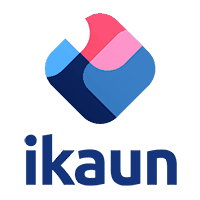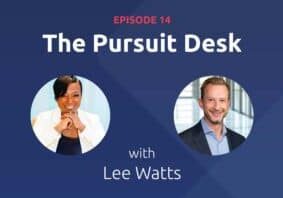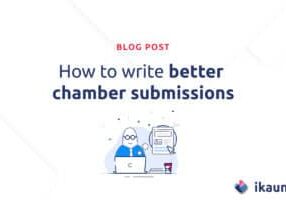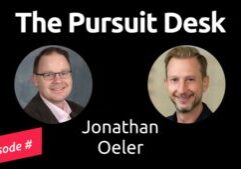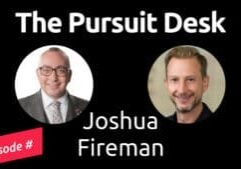
In a fast-paced, client-driven environment, the ability to create proposals that not only meet but exceed expectations is a decisive factor in winning business. With companies aiming for both speed and customization, technology has emerged as an invaluable asset in proposal development. By leveraging workflow optimization tools and AI-powered solutions, organizations can streamline the proposal process, allowing professionals to focus on crafting impactful, personalized responses that resonate with clients. Here’s how companies can innovate their proposal workflows to improve win rates and deliver results that stand out.
Streamlining Workflow with Automation and AI
Many firms face challenges with outdated and fragmented systems, which struggle to support the demand for efficient proposal generation. In architecture, engineering, and construction (AEC) industries, marketing teams are notably lean, with 69% of firms reporting fewer than 10 people on their teams.
Such small teams handle a high volume of proposals, often completing between 1-5 proposals per week, which can quickly lead to burnout. To mitigate this, integrating automation and centralized platforms can streamline workflows by consolidating data from existing systems and reducing repetitive tasks, ensuring real-time access to accurate information.
Automating these processes not only minimizes errors but also frees team members to focus on strategic content that adds value, such as developing unique value propositions. Investing in project management tools to track proposals and centralize content access can greatly reduce the inefficiencies that many AEC firms face, with 54% of firms indicating they lack a formal process for managing internal requests for proposal content.
Leveraging AI for Consistency and Precision
The reliance on boilerplate content, reported by 61% of AEC firms, suggests an opportunity to improve efficiencies with AI-supported content libraries. AI tools can assist in organizing and tagging content for quick retrieval, helping firms quickly locate relevant project examples and client testimonials while maintaining brand alignment. As firms increasingly turn to AI for consistency and efficiency, they are better equipped to deliver high-quality proposals within tight deadlines.
On top of this, AI-driven content generation can assist teams with the initial drafting phase, providing summaries of project experience, skills, and relevant success metrics that help proposal teams convey their firm’s strengths accurately. This consistency across proposals is critical, as 87% of proposals in AEC firms undergo multiple rounds of review before submission.
Customization at Scale
With fast proposal turnaround times (typically 2-4 weeks), balancing speed with customization is challenging. Technology platforms that allow for dynamic content assembly and customizable templates enable firms to eliminate significant portions of time-wasting manual effort and focus more on the ‘last mile’ of custom tailored proposals for each client’s needs. Using AI to pre-populate client-specific content while allowing room for personalization can foster stronger client connections and reinforce the firm’s value proposition.
Data-Driven Improvement and Team Collaboration
The effectiveness of a proposal development process also hinges on collaboration across departments. Marketing teams frequently pull existing content from internal resources, with project sheets and resumes being the most commonly requested items by internal teams. Centralized, self-service access to these resources can reduce the bottlenecks caused by repeated content requests, allowing teams to work more independently and efficiently.
Additionally, fostering a culture of data integrity, supported by clear entry standards and guidelines, can ensure that proposal data remains reliable and useful.
Conclusion
In today’s competitive landscape, creating proposals that stand out requires a blend of speed, precision, and customization. By harnessing technology to automate data entry, streamline workflow, and personalize responses, organizations can enhance their proposal development process, ultimately boosting client satisfaction and increasing win rates. As firms continue to adapt to new marketing technologies, they can unlock the potential for high-impact proposals that align closely with client expectations and market demands.

